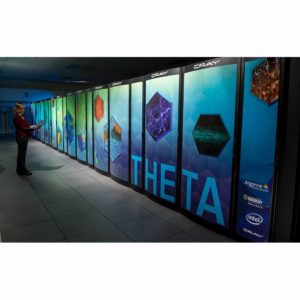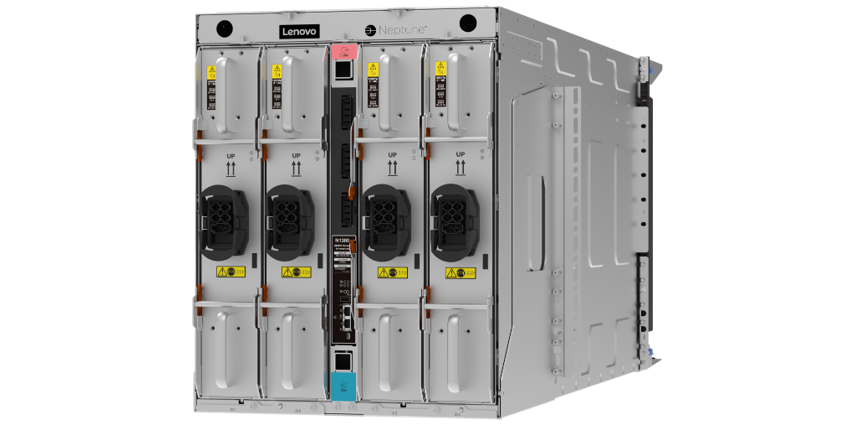
Researchers are using the Theta supercomputer at Argonne to map the intricate layout of brain neurons.
This new ADSP study of connectomes maps the connections of every neuron in the brain, whether human or mouse. Determining the location of every cell in the brain and how they communicate with each other is a daunting task, as each cell makes thousands of connections. The human brain, for example, has some 100 billion neurons, creating 100 trillion connections. Even the average mouse brain has 75 million neurons.
The basic goal is simple — would like to be able to image all of the neurons in the brain — but the datasets from X-rays and electron microscopes are extremely large,” said Doga Gursoy, assistant computational scientist in the X-Ray Science Division of Argonne’s Advanced Photon Source. They are at the tera- and petabyte scales. So we would like to use Theta to build the software and codebase infrastructure in order to analyze that data.”
Gursoy and Bobby Kasthuri are among the first group of researchers to access Theta, the new 9.65 petaflops Intel-Cray supercomputer housed at the Argonne Leadership Computing Facility (ALCF), also a DOE Office of Science User Facility. Theta’s advanced and flexible software platform supports the ALCF Data Science Program (ADSP), a new initiative targeted at big data problems, like Gursoy and Kasthuri’s brain connectome project.
ADSP projects explore and improve a variety of computational methods that will enable data-driven discoveries across all scientific disciplines.
By developing and demonstrating rapid analysis techniques, such as data mining, graph analytics and machine learning, together with workflows that will facilitate productive usage on our systems for applications, we will pave the way for more and more science communities to use supercomputers for their big data challenges in the future,” said Venkat Vishwanath, ALCF Data Sciences Group Lead.




